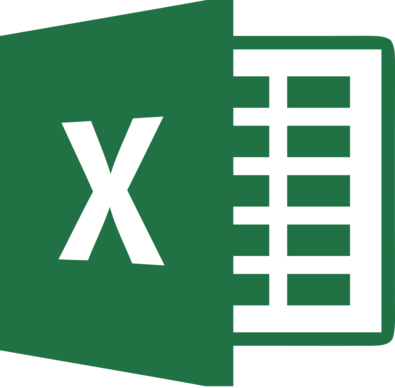Running R remotely
Some options and tips
Why would you need to do this? Say, for instance, you are dealing with sensitive data that should not leave a specific system, or quite simply that you are away on a work retreat - but your laptop is far less powerful than your work desktop computer which you left behind - so you want to keep using it from a distance. For such reasons, . . .
Posted in: caterina constantinescu
Excel-like functionality with Python pandas
The Data Lab takes the Pepsi Challenge!
Happy Birthday Excel!

I would posit that the world's most used data science software is the ubiquitous Microsoft Excel. Released for Windows in November 1987, this month marks its 30th anniversary. In that time I'd imagine it has been employed by all manner of people across near all industries: from the fund manager . . .
Posted in: richard carter
A Simple Search Application for the Edinburgh Fringe

Motivation
In 2017, the Edinburgh Festival Fringe was host to 3,398 shows selling over 2.5 million tickets, numbers that are increasing year on year. With this abundance of shows it can be difficult to find something that one wants to see. I describe here how I used data to create an application that will find shows similar . . .
Posted in: rachel kilburn
Analysis of Gaelic Station Names
An exploration of inter-language similarity measures for place-names and the design of rural scores.
Motivation
Most of modern Scotland was once Gaelic-speaking and a policy change in 2010 means Gaelic names appear alongside English names on almost all station signs across Scotland's railway. I live in Glasgow and often travel out into the highlands and over time I hypothesised:
H1: The Gaelic and English names of . . .
Posted in: matthew higgs
Snakes and Ladders (Part 3 of 3)
Analysing the classic children's game

To recap the analysis from our previous article, we have now shown that the advantage to Player 1 in snakes and ladders is minimal (amounting to less than 6 extra wins out of every 1,000 games). In this post we look at visualising some results, focussing in particular on the distribution of game lengths and the frequency with which . . .
Posted in: richard cartersnakes_and_ladders
Dealing with many dimensions in historical data
Tracking cooperation & conflict patterns over space and time in R
For this post, I've managed to find some extremely interesting historical event data offered by the Cline Center on this page. As you will see, this dataset can be quite challenging because of the sheer number of dimensions you could look at. With so many options, it becomes tricky to create visualisations with the 'right' level . . .
Posted in: caterina constantinescu
Snakes and Ladders (Part 2 of 3)
Analysing the classic children's game

In the previous post in this series we set out the basic Python code required to simulate a single game of snakes and ladders. In order to analyse the game in more detail we will be required to simulate multiple random games so that we can look at certain properties, such as expected game lengths, the occupancy of squares, and the . . .
Posted in: richard cartersnakes_and_ladders
